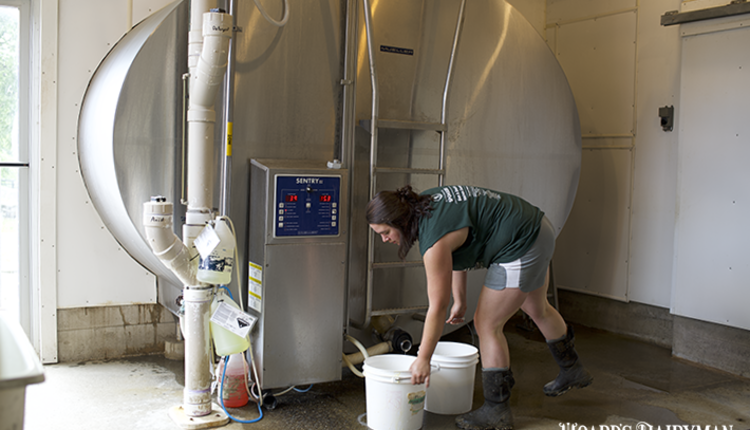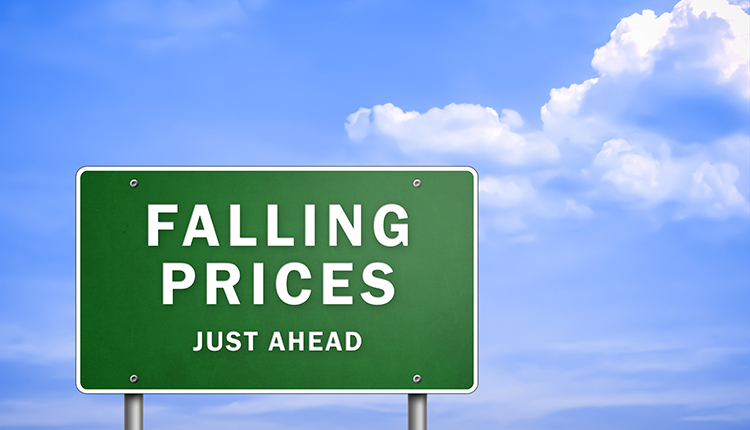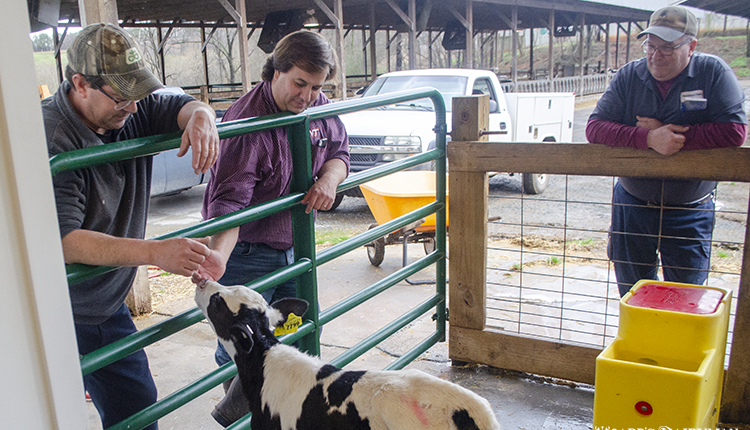
- Measures how well management is doing at putting capital assets to work (cows, tractors, land, buildings) to create gross revenues.
- Measures how well management is doing in operations to create net revenues from gross revenues after expenses are paid.
- Measures how well management is using debt capital to create new or additional business activity.
DuPont is a ratio diagnostic system (shown below) that shows the relationship between the ratios used to measure each lever of profitability and the profitability measures — Return on Assets (ROA) and Return on Equity (ROE). The system can be used to diagnose profitability performance. If performance is less than desired, it is due to one or more of the three levers of profitability.
For example, if ROA is lower than desired, then it is caused by either poor utilization of assets to create gross revenues, poor efficiency, or potentially a little of both. Once the troublesome levers have been identified, then the next step is to look for what is causing that ratio measure to be low. Insight on the next steps will be the subject for upcoming issues.








